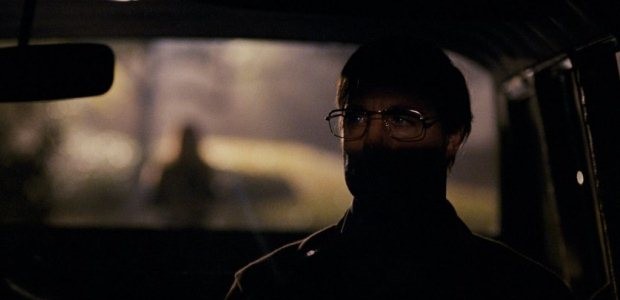Adapting a film from a source material that is anything but intended for cinema is always a tricky thing to do. Judging by the largely negative criticism this film received, Alice Sebold’s novel by the same name is apparently gutted by director Peter Jackson. Apparently, because that is exactly what some mainstream critics seem to think. On the other hand, I have not read Sebold’s novel. As such, I think it’s safe to assume that my experience may have been better than those who did read her book. Even so, I’m sure my experience was a lot better than those who read it and watched the film with the sole intention of harshly comparing one to the other. Even J. K. Rowling has her fair share of ‘haters’ when you talk about what Harry Potter does on screen, as compared to what he does in one of her books. So the next time you decide to lash out at a film maker for not living up to your novel (pun unintended) experience, think for a minute what it would be like to watch a movie, adapted word for word from the novel it’s sourced. Even if you read one page at the rate of one minute, how would a 300 or 400 page novel translate into a 300 or 400 minute movie? Even if that were possible, what good would it be if the source material was not altered for the screen? And why shouldn’t it be, given that both mediums are limited in creativity.
So coming back to the subject on hand, and since I did not read the novel, I can say without a pause, that the movie experience was decent enough to have had me glued to the screen from beginning to end. In her narrative, Saoirse Ronan (pronounced Ser-Sher) explains her character’s tragic end and what happens after. As Susie Salmon, Ronan portrays a time in America when “do not talk to strangers” was an unheard-of caution; a time when children could roam freely and not have to live in fear of preying eyes. Sadly enough, talking to a stranger was the last thing Susie Salmon did, before being murdered, dismembered and never to be found again. But this is where her story begins, first discovering her own death, then being stranded between her overwhelming feeling of vengeance towards her murderer and watching her family suffer and tear apart during their untimely loss. It is at this juncture, or the “in-between”, as she calls it, where Susie shockingly learns that she is not the first, but the most recent victim in a series of brutal murders.
Questionable by some critics, is Jackson’s use of strong visual effects in portraying Susie’s transition into the “in-between”. After King Kong and District 9, we see why Jackson is well endowed in the CGI department. That said, even having Steven Spielberg sign on as executive producer could not have influenced Jackson into telling Sebold’s story in any other way but his. Visuals are crisp, abstract, and fluent while his colour palette is deep yet intense with contrast. Is it needed in a murder mystery? Not really, because the plot is not much of a mystery; it is an innocent 14 year old girl’s narration of the after-life. Again, this is where cinema CGI has the edge over raw imagination, especially when reading a book. As far as mystery is concerned, there is none. After school one day, Susie doesn’t reach home because she has been lured into an underground den, specifically engineered to entice under aged girls. Her last moments are spent with her captor, a seemingly average Joe. Playing this monster is the versatile Stanley Tucci in what has to be one of his best roles thus far. Although his offering is top notch, you can’t help but notice the utter darkness oozing out of his character. If the eyes are windows to the soul, then Tucci does an exceptional job as George Harvey, complete with that unmistakable flicker of evil in his eyes. Other supporting roles come from Mark Wahlberg and Rachel Weisz as Susie’s parents and Susan Sarandon as her grandmother. As always, Whalberg’s rage-filled scenes are intense, but very rarely are his characters helpless. For the first time here, we get to see a combination of both. Sarandon’s Grandma Lynn is questionable as this character does not add to the plot, nor can her inclusion be considered a sub-plot. But if there is ever a light moment throughout the film, it does come from Grandma Lynn. Another key character is played by Rose McIver as Susie’s sister and in doing so, offers some of the film’s intended suspense.
This film succeeds as a drama. As a thriller, it could have been better. Comparing internet reviews between the book and the film will tell you that Jackson has chosen to leave the gory details out to get a wider audience. Although there are no actual scenes of rape, murder and mutilation, the act is heavily suggested during parts of the film and this is why it has a PG-13 rating instead of an R.
Rating: 




